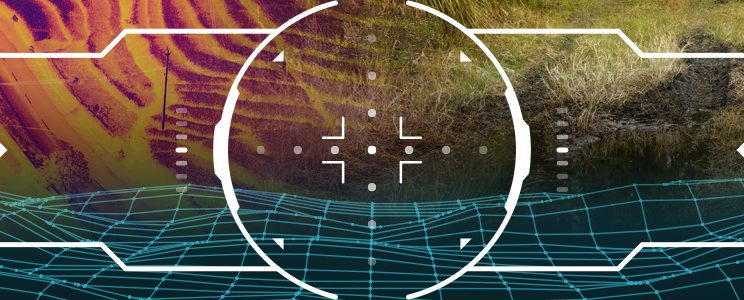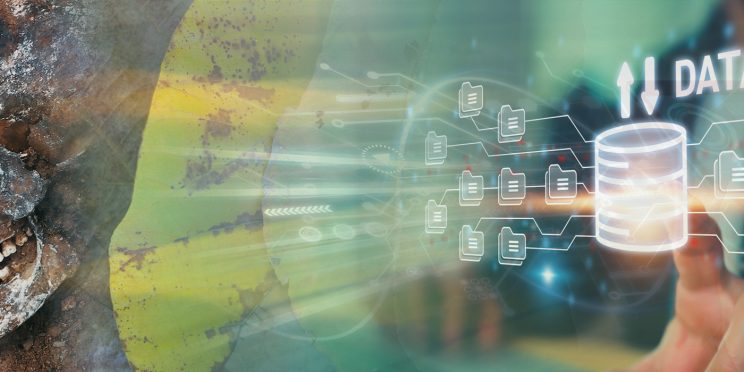← Back to Just Science Podcast
Original Release Date: July 12, 2019
In episode nine of our 2019 NIJ R&D season, Just Science interviews Dr. David Rivers, a professor at Loyola University, about the detection of insect stains and the development of a quantifiable confirmatory test for fly contamination of bloodstain evidence.
There are roughly 86,000 species of flies that have been identified on a global scale. Approximately 16,000 species of flies reside in the United States. Of those 16,000 species, 1,000 are known to show interest in decomposing bodies. For post-mortem interval estimates, the species that lay eggs or deposit larvae are often considered the most useful. But now, that might not be the case. Instead of focusing on the life cycle of the fly, Dr. David Rivers has pursued a different characteristic: their behavior. Through extensive recording and observation, Dr. Rivers and his team have discovered that there are over 13 different artifacts produced as a direct result of a fly’s behavior. Listen in as he discusses the complexity of insect behavior and its potential use in a forensic investigation.
This episode of Just Science is funded by the National Institute of Justice’s Forensic Technology Center of Excellence [Award 2016-MU-BX-K110].
Related Resources
Guest Biography
Dr. David Rivers is professor of biology and director of forensic studies at Loyola University Maryland. He received a Ph.D. in entomology with a concentration in insect physiology from the Ohio State University and was a National Institutes of Health postdoctoral fellow in cellular and molecular parasitology at the University of Wisconsin. He is a member of the North American Forensic Entomology Association, Entomological Society of America, and American Academy of Forensic Sciences. He also is co-author of the critically acclaimed textbook The Science of Forensic Entomology and conducts research in several areas involving necrophagous flies and parasitic wasps as they relate to legal investigations.
The opinions, findings, and conclusions or recommendations expressed in this podcast episode are those of the presenter(s) and do not necessarily reflect those of the U.S. Department of Justice.
Contact us at ForensicCOE@rti.org with any questions and subscribe to our newsletter for notifications.




